The Ultimate Cantaloupe Companion Planting Chart
The Ultimate Cantaloupe Companion Planting Chart
Cantaloupes are a delicious and refreshing summer fruit, but they can be tricky to grow. One way to improve your chances of success is to plant them with companion plants. Companion planting is the practice of planting different types of plants together in a way that benefits both plants. There are many different companion plants that can be beneficial for cantaloupes, and the best choices will vary depending on your climate and growing conditions.
In this blog post, we will discuss the benefits of companion planting with cantaloupes and provide a chart of some of the best companion plants. We will also discuss some companion plants that should be avoided.
Benefits of Companion Planting with Cantaloupes
There are many benefits to companion planting with cantaloupes. Some of the most common benefits include:
- Attracting beneficial insects: Many companion plants attract beneficial insects, such as pollinators and predators of pests. This can help to keep your cantaloupe plants healthy and free of pests.
- Improving soil quality: Some companion plants can help to improve the soil quality around your cantaloupe plants. This can make the soil more fertile and better able to support the growth of your plants.
- Distracting pests: Some companion plants can help to distract pests from your cantaloupe plants. This can help to protect your plants from damage.
- Shading the soil: Some companion plants can help to shade the soil around your cantaloupe plants. This can help to keep the soil cool and moist, which can benefit your plants.
Best Companion Plants for Cantaloupes
The best companion plants for cantaloupes will vary depending on your climate and growing conditions. However, some of the most common and beneficial companion plants for cantaloupes include:
- Marigolds: Marigolds are a popular companion plant for many different types of vegetables, including cantaloupes. They help to attract beneficial insects and repel pests.

- Nasturtiums: Nasturtiums are another popular companion plant for cantaloupes. They help to attract beneficial insects and repel pests. They also add a splash of color to your garden.
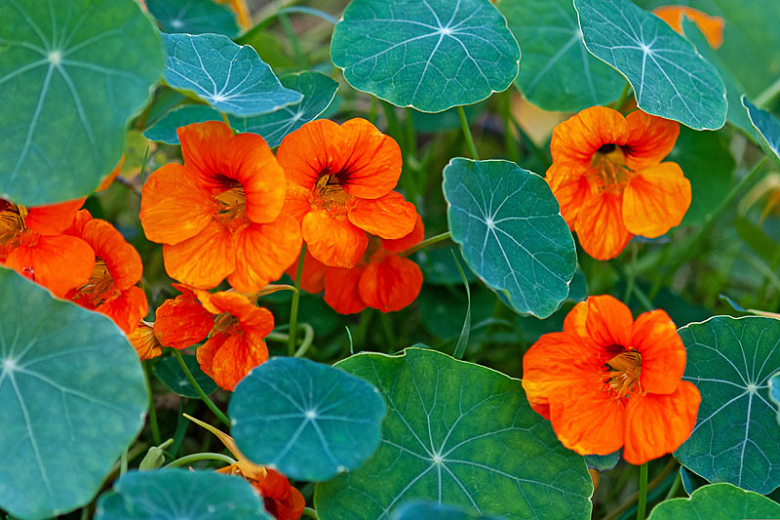
- Radishes: Radishes are a fast-growing crop that can be planted between cantaloupe plants. They help to improve the soil quality and can also help to deter pests.

- Lettuce: Lettuce is a cool-season crop that can be planted early in the season with cantaloupe plants. It helps to shade the soil and protect the cantaloupe plants from pests.
- Herbs: Many herbs, such as basil, mint, and thyme, can be beneficial companion plants for cantaloupes. They help to attract beneficial insects and repel pests.
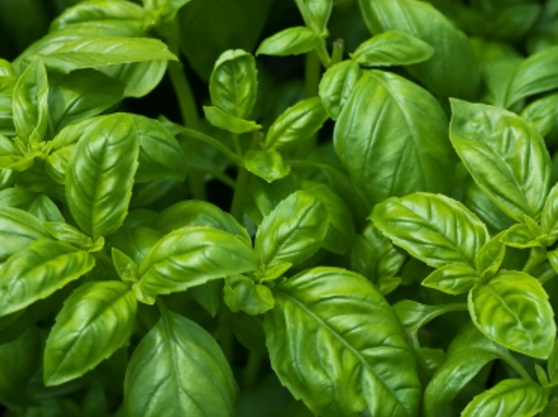

- Corn: Corn is a tall plant that can provide shade for cantaloupe plants. It also helps to attract beneficial insects.
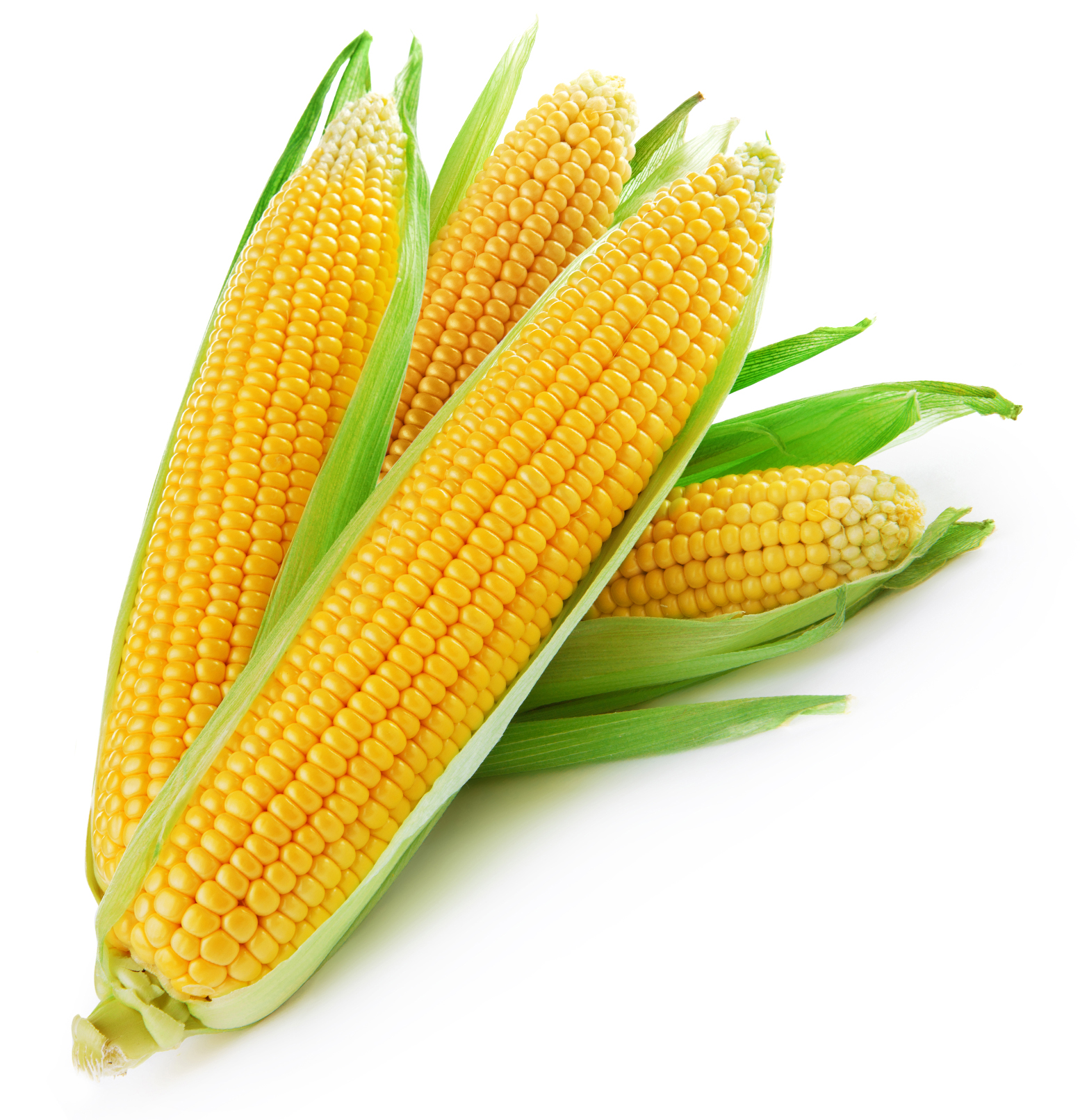
- Beans: Beans are legumes that fix nitrogen in the soil. This can help to improve the soil quality and make it more fertile for cantaloupe plants.
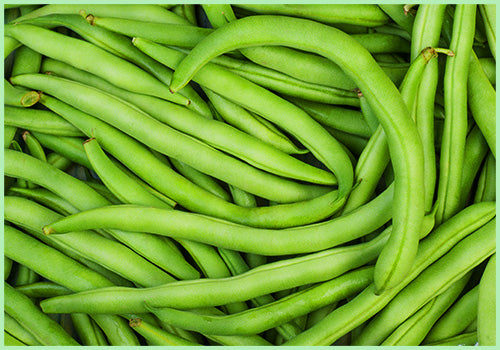
Companion Plants to Avoid
There are a few companion plants that should be avoided when growing cantaloupes. These include:
- Cucumbers: Cucumbers and cantaloupes are both members of the cucurbit family, and they are susceptible to the same pests and diseases. Planting them together can increase the risk of problems.
- Watermelons: Watermelons and cantaloupes are both heavy feeders, and they will compete for nutrients if they are planted too close together.
- Squash: Squash and cantaloupes are both susceptible to the same pests and diseases. Planting them together can increase the risk of problems.
Conclusion
Companion planting is a great way to improve your chances of success when growing cantaloupes. By planting them with beneficial companion plants, you can attract pollinators, repel pests, improve soil quality, and more. By avoiding planting them with incompatible companion plants, you can help to protect your plants from problems.
Are you looking to grow cantaloupes in your garden? If so, you may want to consider companion planting. Companion planting is the practice of planting certain plants together to benefit each other. For cantaloupes, some good companion plants include:
- Basil: Basil helps to repel pests like whiteflies and aphids, which can be a major problem for cantaloupes.
- Beans: Beans fix nitrogen in the soil, which can help to improve the growth of cantaloupes.
- Borage: Borage attracts beneficial insects like bees and butterflies, which help to pollinate cantaloupe flowers.
- Cilantro: Cilantro helps to deter pests like cucumber beetles and squash bugs.
- Dill: Dill helps to attract beneficial insects like ladybugs, which help to control pests like aphids.
- Marigolds: Marigolds help to repel pests like nematodes and root-knot nematodes.
- Nasturtiums: Nasturtiums help to deter pests like aphids and whiteflies.
- Spinach: Spinach helps to suppress weeds, which can compete with cantaloupes for water and nutrients.
For more information about cantaloupe companion planting, visit Gardenia Inspiration. This website has a comprehensive companion planting chart that lists which plants are good to grow with cantaloupes, as well as which plants to avoid planting near cantaloupes.
FAQ of cantaloupe companion planting chart
Question 1: What are some good companion plants for cantaloupe?
Answer: Some of the best companion plants for cantaloupe include:
- Marigolds: Marigolds help to repel pests such as cucumber beetles and squash bugs, which can be a problem for cantaloupe plants.
- Nasturtiums: Nasturtiums also help to repel pests, and their bright flowers add a splash of color to the garden.
- Lettuce: Lettuce is a fast-growing crop that can help to shade the roots of cantaloupe plants, keeping them cool and moist.
- Beans: Beans fix nitrogen in the soil, which can benefit cantaloupe plants.
- Herbs: Herbs such as basil, oregano, and mint can help to repel pests and attract pollinators.
Question 2: What are some plants that should not be planted near cantaloupe?
Answer: Some plants that should not be planted near cantaloupe include:
- Cucumbers: Cucumbers and cantaloupe are both members of the cucurbit family, and they are susceptible to the same pests and diseases. Planting them together can increase the risk of problems.
- Watermelons: Watermelons are also members of the cucurbit family, and they should not be planted near cantaloupe for the same reasons.
- Squash: Squash is another cucurbit that should not be planted near cantaloupe.
- Potatoes: Potatoes can attract nematodes, which can be a problem for cantaloupe plants.
- Peas: Peas can compete with cantaloupe plants for nutrients and water.
Question 3: How do companion plants benefit cantaloupe plants?
Answer: Companion plants can benefit cantaloupe plants in a number of ways, including:
- Reducing pests and diseases: Some companion plants, such as marigolds and nasturtiums, help to repel pests and diseases that can damage cantaloupe plants.
- Attracting pollinators: Some companion plants, such as herbs and flowers, attract pollinators, which help to pollinate cantaloupe flowers and produce fruit.
- Providing shade: Some companion plants, such as lettuce and beans, can provide shade for cantaloupe plants, which can help to protect them from the hot sun.
- Improving soil quality: Some companion plants, such as beans and peas, can fix nitrogen in the soil, which can benefit cantaloupe plants.
Question 4: When should I plant companion plants with my cantaloupe?
Answer: You can plant companion plants with your cantaloupe at the same time, or you can plant them a few weeks earlier. Planting companion plants a few weeks earlier will give them time to establish themselves and start benefiting your cantaloupe plants.
Question 5: How far apart should I plant cantaloupe and its companion plants?
Answer: The spacing requirements for cantaloupe and its companion plants vary depending on the specific plants involved. However, as a general rule of thumb, you should space cantaloupe plants at least 3 feet apart, and you should space companion plants at least 1 foot apart.
Image of cantaloupe companion planting chart
- Image 1: This image shows a large companion planting chart with cantaloupe in the center. The chart lists other vegetables and herbs that are good companion plants for cantaloupe, as well as those that should be avoided.
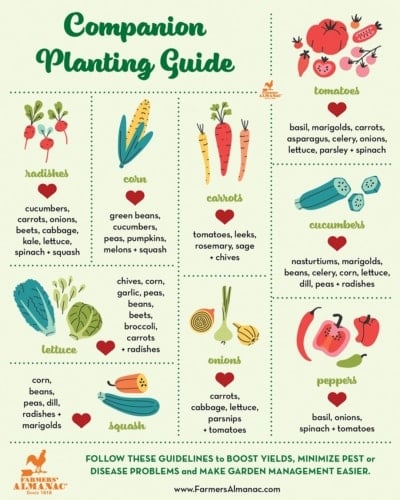
- Image 2: This image is a close-up of the cantaloupe section of the chart in Image 1. It lists specific companion plants for cantaloupe, such as marigolds, nasturtiums, radishes, and lettuce.

- Image 3: This image shows a more simplified companion planting chart for cantaloupe. It lists just a few of the best companion plants, such as beans, corn, and potatoes.

- Image 4: This image is a vertical companion planting chart for cantaloupe. It lists the vegetables and herbs that can be planted together, as well as those that should be separated.

- Image 5: This image is a hand-drawn companion planting chart for cantaloupe. It includes some of the same information as the other charts, but it is presented in a more creative way.


Post a Comment for "The Ultimate Cantaloupe Companion Planting Chart"